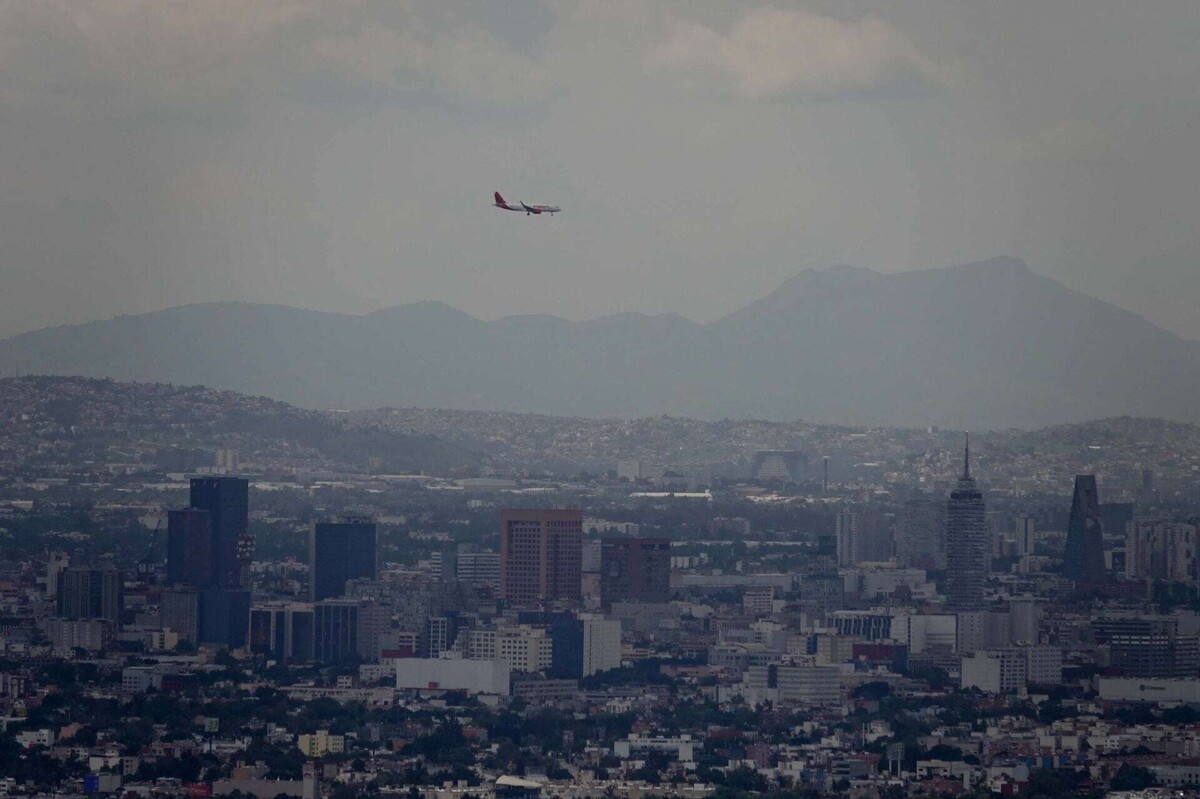
The Federal Civil Aviation Agency (AFAC) registered 133 cases of loss of separation of commercial aircraft between 2020 and the first half of 2024. This has generated collision alerts in planes used in regular passenger operations. The majority of serious incidents, defined as such by the authority itself, occurred during the flight phase of the aircraft in Mexico, where separations of less than one thousand feet were produced, a global safety standard. During the year 2023, cases of MAC-ACAS, an alert for loss of separation and near collision in the air, intensified, with 86 serious incidents recorded only in commercial passenger aircraft. This problem has raised concerns in the aviation community and among passengers alike. Air traffic controllers, pilots, and other aviation professionals have highlighted several factors contributing to these incidents, including the lack of controllers, exhausting work hours, and irregular approach procedures in the Mexico Valley. The National Air Traffic Controllers Union (Sinacta) has pointed out the existence of dangerous approach procedures for Mexico City, which could be restructured to improve operational safety. Despite receiving only 7 reports of serious incidents in the first half of 2024, the authority continues to closely monitor this situation, which jeopardizes the safety of regular flights in the country. Recently, a pair of Aeroméxico aircraft, operating flights 657 and 815, experienced a loss of separation while descending towards Mexico City. Following the activation of the traffic collision avoidance system (TCAS), the aircraft had to divert in opposite directions to avoid a possible in-flight collision. This incident highlights the urgent need to address separation and safety issues in Mexican airspace.














